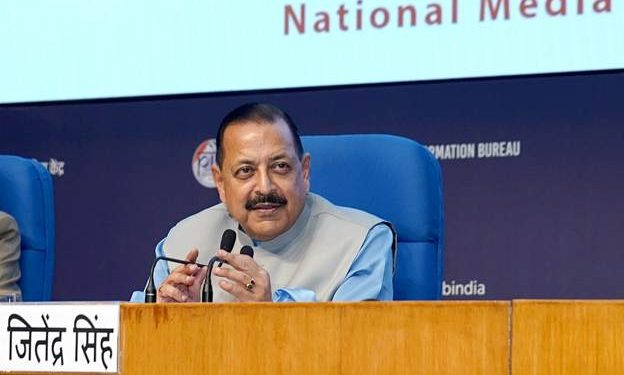India’s ambitious Gaganyaan human spaceflight program has entered its final phase, with the first crewed mission now scheduled for the first quarter of 2027, according to an announcement by Union Minister of State for Science and Technology, Dr. Jitendra Singh.
During a media interaction at the National Media Centre, Dr. Singh provided comprehensive updates on the mission’s status, technological progress, and broader economic implications of India’s space initiatives.
Accompanied by ISRO Chairman and Secretary of the Department of Space, Dr. V. Narayanan, the Minister highlighted the significant strides made in the Gaganyaan program over the past year, including the successful completion of the TV-D1 mission and the first uncrewed Test Vehicle Abort Mission.
Dr. Singh characterized Gaganyaan as more than just a scientific achievement, calling it a “historic mission” that “represents India’s rise as a global space power built on indigenous technology, fiscal prudence, and visionary political leadership.”
The Minister also referenced Prime Minister Narendra Modi’s long-term vision for India’s space endeavors, which includes establishing the Bharatiya Antariksha Station by 2035 and sending the first Indian to the Moon by 2040.
Technical preparations for the mission are advancing steadily. The Human-rated LVM3 launch vehicle, the Crew Escape System, and the Crew Module and Service Module are all undergoing final testing and integration phases.
The uncrewed orbital Gaganyaan mission remains on track for launch later this year, with recovery trials already conducted in collaboration with the Indian Navy and more sea recovery simulations planned.
The four Indian Air Force pilots selected as astronaut-designates have completed their initial training in Russia and are now undergoing mission-specific training in India.
Their health, psychological fitness, and operational readiness are being continuously assessed at India’s purpose-built astronaut training facility.





